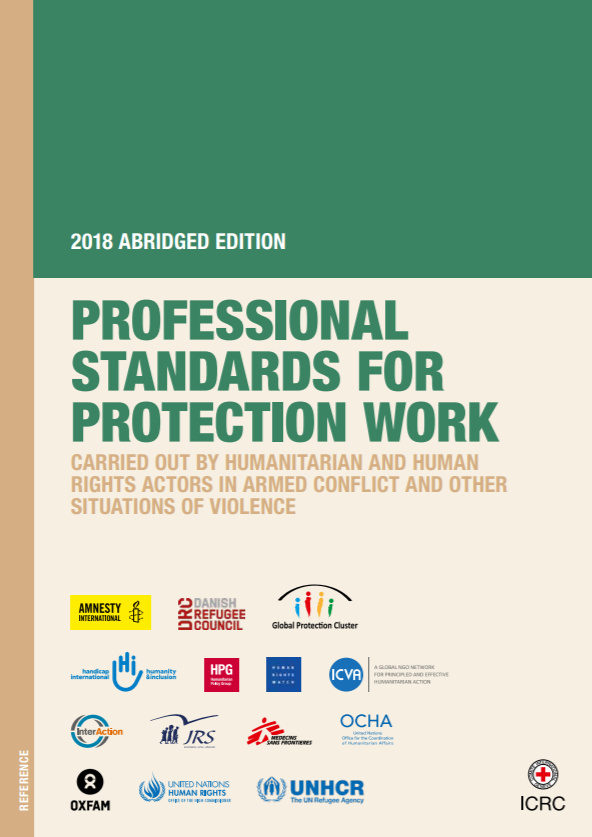Applying Humanitarian Standards to Fight COVID-19

The Coronavirus is spreading globally. How can individuals, communities and humanitarian actors best respond to the COVID-19 outbreak? How can the Sphere Handbook guide our response?
Country
Worldwide
Region
Worldwide
Year
2020
Category






